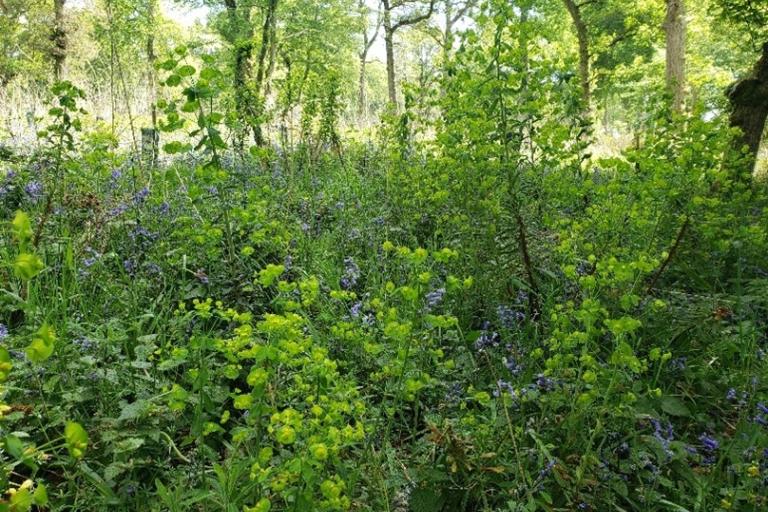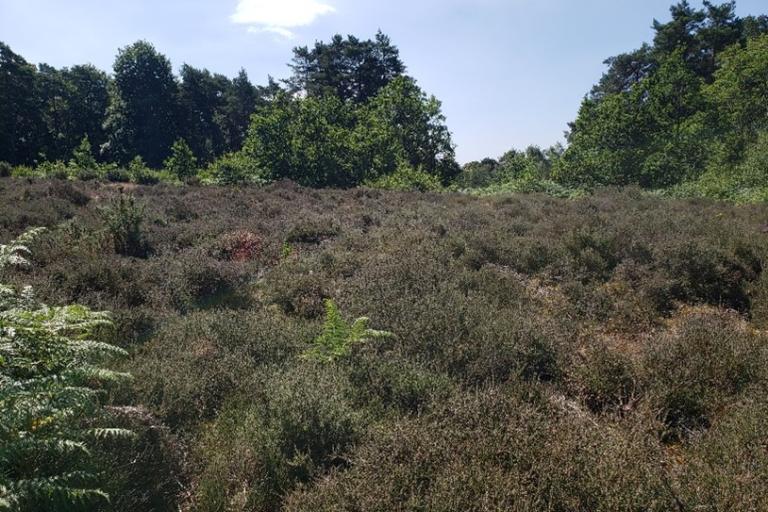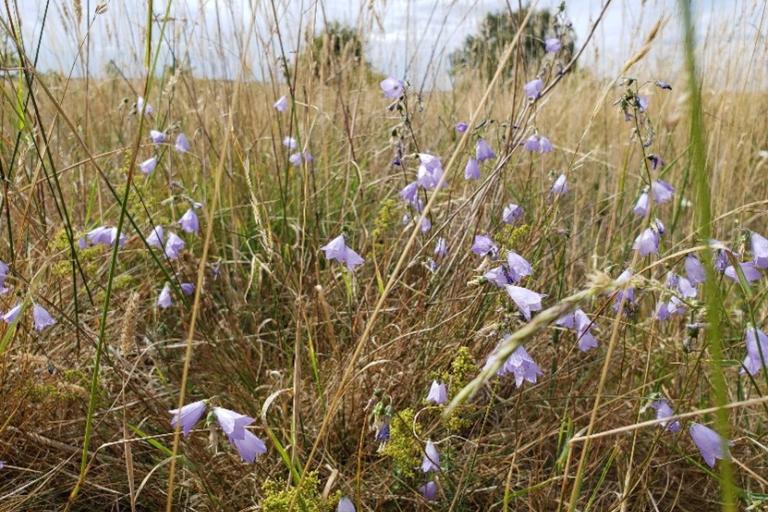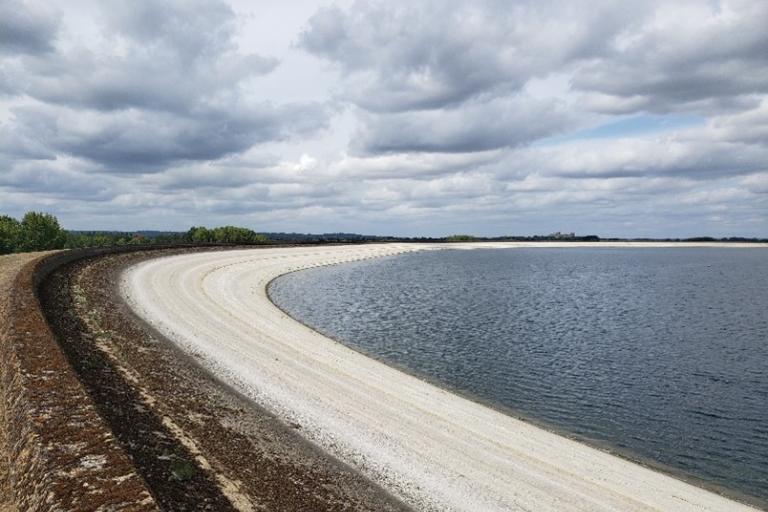By Rob Curtis, Biodiversity Officer
I surveyed far more local wildlife sites this year in Berkshire. For the first time in several years, this included sites in Slough, as well as more from West Berkshire and Wokingham districts. In total, 46 sites were surveyed, including 13 proposed LWS and extensions to existing sites. Site sizes ranged from 0.28 hectares to 253 hectares, with an average size of 13 hectares.
Once again, the vast majority of sites were woodlands or contained a mixture of habitats. Heathland was present in 4 located in the east of the county. Wetland and water bodies were present within 10 of them. Grassland dominated 5 of the sites.
Notable sites
Areas of woodland on an estate in West Berkshire were surveyed towards the start of the season in early May. The largest of these is actively managed with some replanting. Included in the ancient woodland inventory that was initiated in the 1980s; this site has a species-rich ground flora. The 21 indicators included Bluebell, Yellow Archangel, Wood Spurge, Wood-sorrel, Woodruff, Wood Melick, Spurge-laurel, Primrose and Broad-leaved Helleborine.

A mixture of private and publicly accessible sites were surveyed. National Trust’s Finchampstead Ridges and the nearby Simon’s Wood were in the latter category.
Finchampstead Ridges is mainly mixed woodland with some wet areas including species such as Remote Sedge, Hard-fern, Alder buckthorn and Bog Mosses (Sphagnum), a pond good for dragonflies and damselflies. There was also heathland on the higher parts with indicator species including Wavy Hair-grass, Pill Sedge, Cross-leaved Heath, Ling and Bell Heathers. It is actively managed and a lot of Rhododendron has been removed from the field layer under the trees.

The Ridgeway footpath stretches from Wiltshire through 3 other counties to Buckinghamshire. In Berkshire, 2 sections are designated as LWSs. These were some of the smallest surveyed this time. One section north-east of Compton borders an Oxfordshire LWS. This contains some species-rich calcareous grassland and scattered scrub. Its quite thin in places but there are 16 typical and indicator plants including Wild Parsnip, Greater Knapweed, Common rock-rose, Kidney Vetch, Dropwort, Salad Burnet, Small Scabious, Clustered Bellflower and Fairy Flax.

Going from the smallest to by far the largest at 253ha: Thames Water’s Queen Mother Reservoir. This huge waterbody showing a significant drop in water level is surrounded by semi-improved grassland with scattered planted trees and a ditch to the west. Marginal species like Reed Sweet-grass, Water Mint and Water-cress were present in the ditch. The seeded grassland around the top included a little Burnet-saxifrage, Wild Clary and Lady’s Bedstraw. Unlike the previous sites mentioned, this one will be re-designated for its wintering birds. Birders with site access regularly survey for the BTO’s WeBS (Wetland & estuarine bird survey) counts. Their results reach TVERC via the Berkshire Ornithological Society. So, my thanks go out to these birdwatchers for their endeavours. In due course I will check data made in the last 5 years for particular species especially those that over-winter at the reservoir.
Faunal indicator species are in section 5 of our LWS selection criteria. See from p.142 to 195 for more details.

My faunal sightings tend to be casual just noting everything I see or hear whilst studying the habitat. There were many common woodland and water birds, a few mammals, and amphibians. A number of common invertebrate species were recorded. 7-spot ladybirds seemed to have had a better year.
As with previous years I’m grateful to the landowners for granting me access to undertake the surveys and also to everybody that has made any species records within these local wildlife sites.